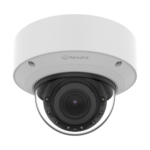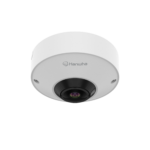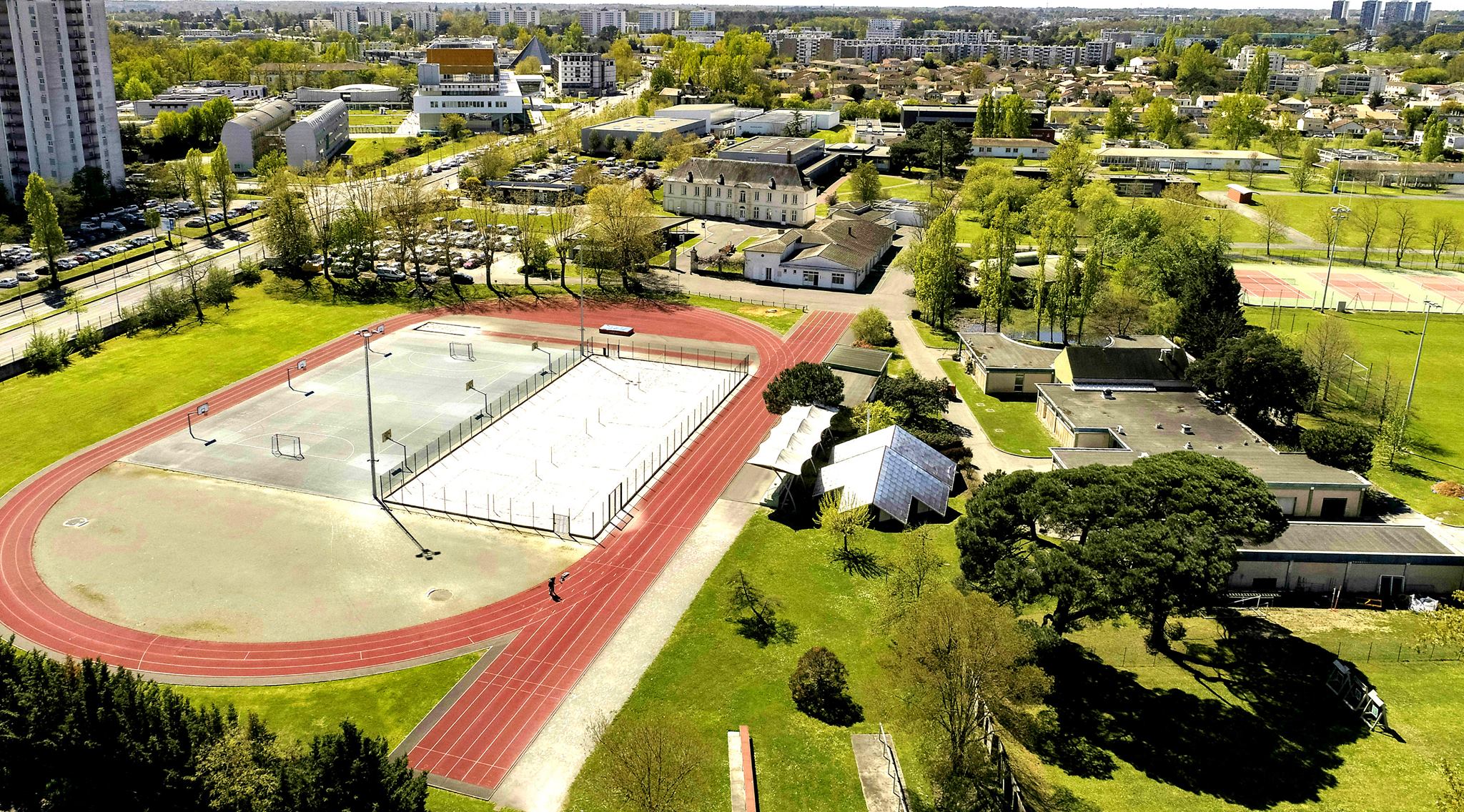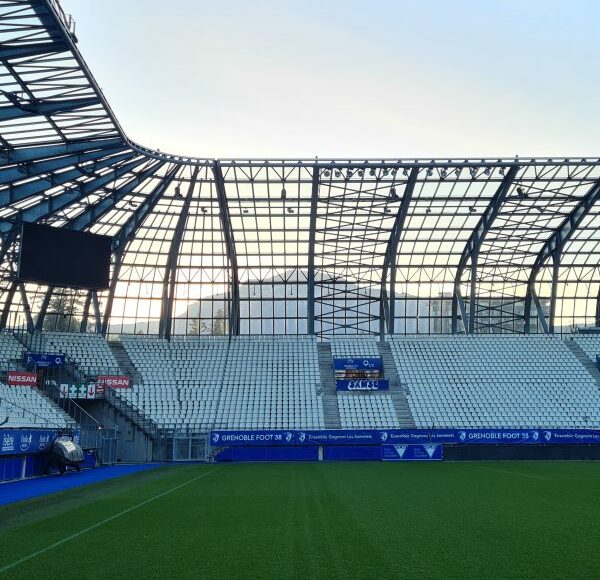2024.06.24
Dickson County Sheriff’s Office Locks Down 360° Surveillance Coverage with Hanwha Vision IP and LPR Camera Systems
At a glance
-
- Challenge
- Replace aging and outdated surveillance technology and eliminate blind spots and achieve 360° coverage across all interior and exterior areas while using staff resources more efficiently
-
- Solution
- Installed a mix of Hanwha Vision IP cameras with AI and LPR technology, plus WAVE VMS
-
- Result
- Reduction in on-premise criminal activity, More efficient use of office resources and increased situational awareness, and Streamlined collaboration with law enforcement agencies
“I have three rules: everybody goes home at the end of their shift, nobody dies, and we stay out of federal court. These cameras help us do that. If a picture is worth a thousand words, then the right video is the whole book.”

Tim Eads, Sheriff of Dickson County (Tennessee) believes a picture is worth 1,000 words when it comes to video surveillance throughout his offices and correctional facility. “Anytime I’ve ever done an internal investigation, I’ve found that 99% of the time, video can clear the air,” he said.
Those odds are what led the Sheriff’s Office to upgrade its surveillance system to Hanwha Vision cameras and WAVE video management system.
The Sheriff’s Office has a 397-bed capacity, and the facility also accepts prisoners from the Tennessee Highway Patrol and other law enforcement agencies in the state. High-quality and accurate video surveillance is essential for monitoring daily inmate activity, providing video evidence to state authorities or resolving complaints and disputes among inmates and staff.
The county’s previous technology was outdated with inferior quality video capture and an inability to accurately detect and record illegal activities – which were often occurring on the premises. The system was so old, the team regularly joked that “the Smithsonian called, and they wanted their property back.”
“With our previous video surveillance, the camera quality was so poor it was like looking through a glass of milk,” said Dwayne Hayes, Chief Jailer, Dickson County. “If we don’t have good video surveillance, both inside and outside of the jail, then we’re missing things and that’s a problem.”
The office’s previous surveillance inadequacies were well-known among would-be criminals in the surrounding area, who were confident they wouldn’t be identified during vehicle break-ins or other illegal activity on the premises.
“Now we can track them as soon as they come up the hill by the administration building,” Hayes said. “We would have people come up to the parking lot and do drug deals because they knew our camera system wasn’t going to catch them.”
One of the department’s main goals was installing a multi-faceted system that could be hardened against network intrusions, offered multiple angles and views, and eliminated blind spots.
License plate recognition (LPR) technology has increased the department’s ability to track and detect all vehicles entering and exiting the property.
“The system will detect stolen or wanted vehicles,” Eads said. “If we have intel on a license plate, we can put that information into the system and if that vehicle enters the parking lot, then we get an alert. “
Hayes added, “With this LPR technology, we can set parameters, for example if we are looking for a red vehicle or a red truck, it will pull up vehicles with those features. Usually we’re recording all activity, and then when we have a need for a specific incident or piece of footage, we can narrow it down at a later date and download specific video clips.”
The Hanwha Vision system records and stores footage for 90 days, allowing the team to search and download clips of any activity occurring throughout the facility among inmates or deputies for investigative purposes. When reviewing footage, the team can reduce video speed frame by frame to isolate movements easily. The cloud-based system also lets deputies log in from remote locations to view footage, a more efficient process than having to be in the office to download video.
In addition to comprehensive coverage, the Hanwha Vision platform is intuitive and easy to learn.
“Once you start working with the WAVE software and using it on a regular basis, it’s user-friendly,” Eads said. “We don’t need it to be rocket science. It needs to be for people like me who can get in there and noodle around with it to find what I need.”
Eads and Hayes are confident the Hanwha Vision cameras and WAVE platform will grow with them as their needs and requirements evolve. For now, the office’s new surveillance capabilities have increased safety, reduced liability and has allowed daily operations in the jail to be carried out in a timely and efficient manner.
“Did the citizens of Dickson County get their money’s worth?” Hayes asked. “Yes, they did, and they will continue to because these camera systems are all about security and safety. I have three rules: everybody goes home at the end of their shift, nobody dies, and we stay out of federal court. These cameras help us do that. If a picture is worth a thousand words, then the right video is the whole book.”






